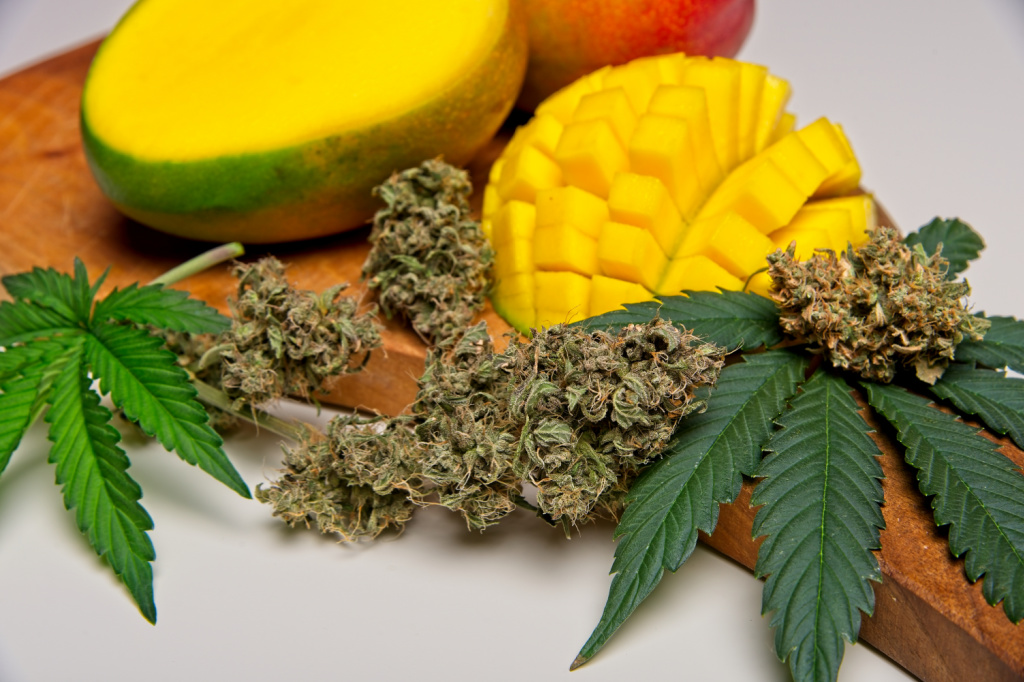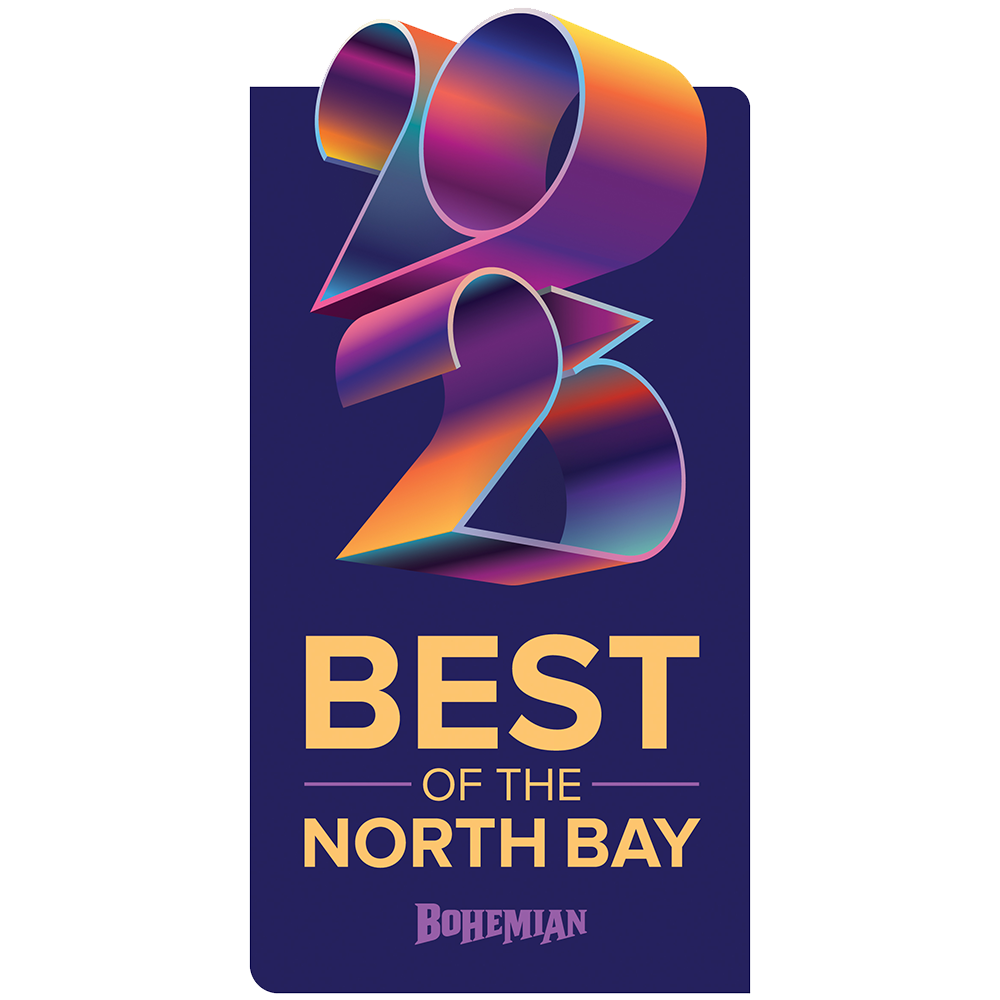
There are few smells more iconic than that familiar, skunky smell of cannabis. While people enjoy cannabis for its intoxicating and therapeutic effects, there’s no denying that smell and flavor are a big part of the cannabis experience, especially if you’re a smoker or a vaper.
What gives cannabis its strong aroma and tasty flavors? Terpenes! What are terpenes? Read on and we’ll tell you everything you need to know about the terpenes weed possesses and why they are such an integral part of the cannabis plant.
Terpenes are hydrocarbon aromatic compounds that give many plants in the natural world their distinct aromas. Whether it’s the bitter smell of garlic or the sweet smell of berries, you can bet that terpenes are responsible for your sensory experience. It’s believed that plants developed terpenes as part of their evolutionary process in order to help them attract pollinators (such as bees) and deter threats (including unwanted insects and hungry animals).
When it comes to cannabis, terpenes are produced by the same resin glands that also produce cannabinoids. Ever smoked a strain that had a fruity kick to it? Those were terpenes you were tasting; nature’s innate additive.
More than 100 different terpenes have been identified in cannabis, though some are much more common than others. Each batch of cannabis that you come across will have a specific terpene profile (or combination of terpenes) that can depend on several factors.
What’s the biggest determining factor in a strain’s terpene profile? The genetics of the strain. Each strain has a specific terpene profile imprinted into its genes. However, the terpene profile can be influenced by other factors, as well. For example, what kind of soil the plant was grown in, how it was handled, and how it was cured can also affect the number and ratio of terpenes that will exist in the buds you see on the dispensary shelf.
Knowing exactly which terpenes are in a specific strain is practically impossible without looking it up. However, sometimes a strain’s name will give you a hint as to what its smoke or vapor may smell and taste like.
For example, a strain such as Lemon Kush will have a highly lemony aroma thanks to the terpene limonene, while a strain such as Sour Diesel has more of a kick usually, due to a predominance of caryophyllene, and smaller ratios of myrcene and limonene. Are these words gibberish to you? Fear not, we’ll break down the most common terpenes and their typical profiles below.

First, what are terpenes good for? For a long time, even the best scientists thought that the only contribution of these aromatic compounds was scent. However, more recent research indicates that certain terpenes may also have therapeutic value, possibly allowing them to contribute to the overall effects of each cannabis strain.
The possible therapeutic benefits of terpenes have recently made aromatics a hot topic of discussion in the cannabis world. Gone are the days when cannabinoids such as THC and CBD get all the credit for the wonders cannabis can impart on our wellbeing. Terpenes are finally starting to get the recognition they deserve when it comes to the therapeutic power of cannabis. What are terpenes contributing exactly? Research indicates that many of the terpenes weed contains may have various therapeutic benefits.
For example, a recent review of studies found that pinene, a common cannabis terpene, may have antimicrobial and anti-inflammatory properties. The aforementioned Lemon Kush terpene limonene, another terpene commonly found in many cannabis strains, has potential antioxidant, anti-inflammatory, antiviral, antidiabetic, and gastroprotective effects.

Numerous studies have confirmed the anti-inflammatory potential of terpenes found in cannabis. For instance, one study found that common cannabis terpenes such as limonene, linalool, and terpinolene were able to reduce the expression of inflammatory cytokines. Cytokines are little proteins; some help the immune system, some contribute to inflammation.
The therapeutic potential of terpenes is not limited to cannabis. For example, terpenes are one of the main compounds in essential oils, which many people believe have therapeutic benefits.
In fact, certain essential oils rich in monoterpenes have been found to potentially have antiviral activity. One study found that oils containing beta-pinene, beta-ocimene, and caryophyllene showed effectiveness against HSV1, dengue virus type 2, and the junin virus.
Research into the therapeutic power of terpenes is still ongoing and it’s likely that we’ll learn a lot more about just what these compounds can do in the near future.
In the meantime, one way of understanding the contribution of terpenes is through a phenomenon called the entourage effect. This theory states that the terpenes weed possesses may work together in synergy with cannabinoids and other plant compounds, boosting each other’s effects in the process.
The entourage effect theory is based on a 1998 study which found that endocannabinoids (cannabinoids naturally produced by the body) may be more effective in the presence of other endocannabinoids. This idea has been extended to include cannabinoids and other accompanying cannabis compounds such as terpenes and flavonoids.
Exactly how these compounds work together to support each other is still unclear, but since both terpenes and flavonoids have been found to have potential therapeutic benefits of their own, it should come as no surprise that cannabis may be more effective as a result.

There are thousands of terpenes in nature. In cannabis, we know about 100 or so, but some are more predominant. Here are a few of the terpenes weed commonly possesses.
Myrcene: Myrcene terpenes are found in the highest number of strains, and are also most likely to be the dominant terpene in any given cannabis strain. Myrcene terpenes have a musky and earthy scent. Other foods high in myrcene include barley, hops, thyme, and mangoes.
Pinene: Pinene is the most common terpene found in the broader natural world. As you probably guessed from its name, this terpe has a piney scent and can be found in—you guessed it—pine needles, as well as cannabis.
Limonene: Limonene is a lemony terpene that has a citrusy, lemony aroma. Find it in cannabis and citrus fruit peels.
Linalool: Linalool lends a flowery and slightly spicy aroma. This cannabis terpene can be found in certain citrus fruits, lavender, and birch bark.
Caryophyllene: Caryophyllene is a terpene with a spicy aroma—think black pepper, cinnamon, and cloves. This terpene is notable because it is the only terpene that research has confirmed interacts directly with cell receptors in the body’s endocannabinoid system, the way a cannabinoid would. More research is needed to uncover more incredible discoveries such as this.
Terpinolene: Terpinolene has a complex aroma often described as floral, citrusy, and piney. This terpene can be found in lilac, apples, cumin, and nutmeg—and, of course, cannabis.
Want to check out our selection of flower (we even have delivery!) and get a better sense of terpene profiles for yourself? Or drop by the store today to chat with one of our budtenders about what terpene profile they recommend for your interests.
Open Daily: 9am - 8pm






ACKNOWLEDGMENT OF CALIFORNIA LAW. You expressly acknowledge that Abide services are for qualified patients under California Health & Safety Code Section 11362.5, 11362.7, et seq., and a physician has recommended the use of medical marijuana. You also expressly acknowledge that the use, possession, cultivation, transportation and distribution of cannabis is illegal in California unless all participants are acting completely within the scope of California’s medical cannabis laws as set forth in the Attorney General’s Guidelines for the Security and Non-Diversion of Marijuana Grown for Medical Use and the Medical Cannabis Regulation & Safety Act (consisting of AB243, AB266 and SB643) and any amendments thereto.